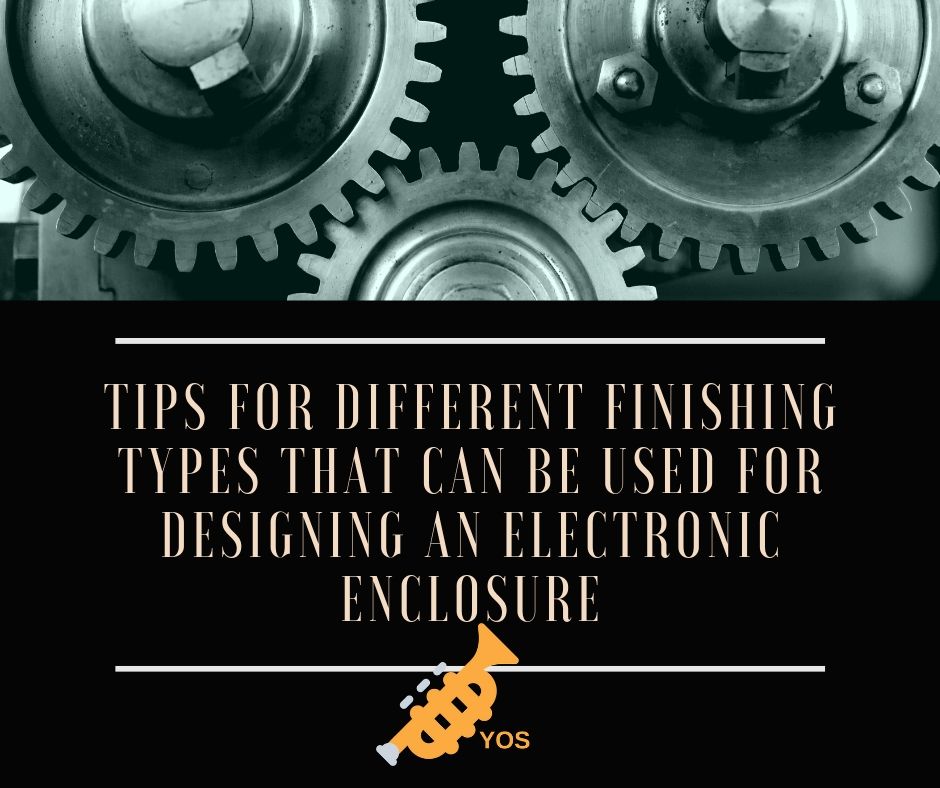
There are different finishing types for enclosures. One of which is powder coating. By definition, powder coating is a process of using dry type of thermoplastic powder and it is applied electrostatically on the enclosure. After which, it is then bonded to parts under the heat of an oven. There are different colors available and also gloss levels, and as well as textures. Powder coating is regarded as most commonly used and recognized process across several industries for painting metals for customizations. Powder coating is a cost-effective way of having enclosures customized and it also gives a high durable finish. An additional advantage of using powder coat is that there is variability in the textures available. To prove this point, let us take sandtex as a good example. Sandtex finish is efficient in hiding fingerprints, which is a good feature for electronic enclosures.
In addition to this, digital printing and silk screening is also common finishing techniques nowadays. It can give your design on the metal enclosures a very professional look and feel. Both finishing techniques gives provision for designers to have their labels on enclosure clearly printed. These finishing techniques are also use din labelling connectors, switches, ports, and more. Digital printing is also used in putting a logo or company name on the enclosure.
Both of these finishing techniques can be easily applied on flat surfaces and panels, as well as assembled parts on the enclosures.
While both finishing techniques is an ideal fit for a more customized design on the enclosure, both technique has their own pros and cons. Design engineer should also be able to tell what finishing technique they need based on their specification.
There is also an additional finishing technique. This is called Chemical Conversion Coating is often referred to as chem-film or chromate coating. This process involves application of chromate on the metal substrate. This process now gives corrosion-resistant durable surface that promotes stable electrical conduction.
If there is a chemical process, definitely there is a electro-chemical process called anodizing. This process is done by preparing the surface of any non-ferrous metals (commonly used metal for this is aluminum) to make its surface harder hence making it less susceptible to corrosion. With aluminum as our example, once it is anodized, its surface becomes one with the metal. It is almost impossible to peel, chip, or flake off the metal under normal circumstances. It will never wear out. For our last finishing technique, tin plating involves immersing the copper deposits onto copper. This is done to enhance the corrosion-resistance property of the metal, electrical conductivity, and solderability of the metal.
